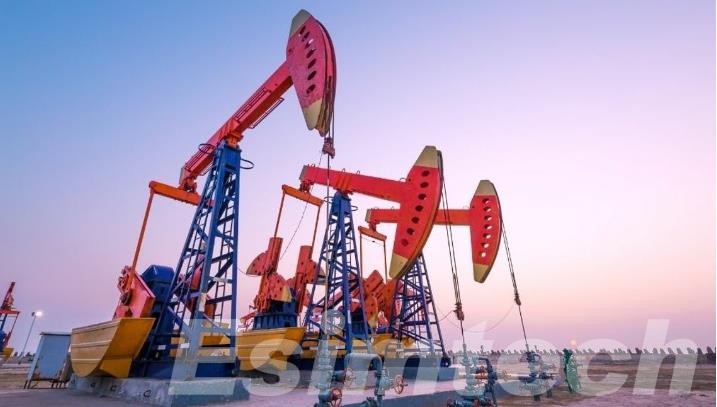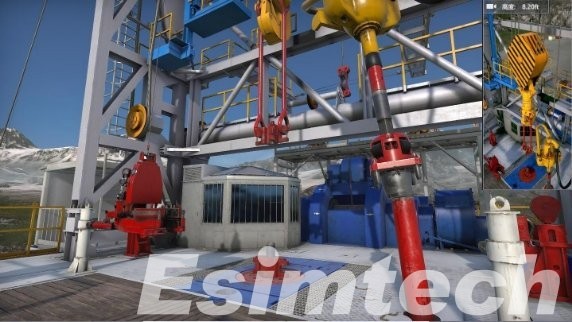Understanding the Intricacies of Drilling Operations in Oil Rig Construction
Understanding the Intricacies of Drilling Operations in Oil Rig Construction
Blog Article
Drilling engineering is a complex system that involves the coordinated efforts of multiple disciplines and trades, utilizing a variety of equipment, tools, and materials. The process is intricate, with numerous procedures that must be tightly connected and continuously executed. To truly understand drilling, one must first grasp the various drilling operations involved. Each well requires a series of procedures to be completed by drilling workers, following strict operational protocols.
Drilling operations generally include pre-drilling activities, drilling, coring, cementing, and completion. Each of these stages is essential and requires meticulous planning and execution.
Pre-Drilling Operations
Pre-drilling operations encompass a range of preparatory tasks such as surveying, road construction, well site preparation, relocation, water supply, and power supply installation. Relocation, in particular, involves the transportation and installation of drilling rigs, as well as their commissioning.
Once the pre-drilling operations pass the inspection, drilling can commence. The initial drilling phase includes the first drilling operation, which is the start of drilling after the conductor pipe or casing is run. This process is repeated for subsequent drilling stages until the well is drilled to the desired depth.
Drilling Operations
Drilling involves several key activities, including drilling with pressure, directional drilling, wellbore trajectory control, drilling fluid system maintenance, coring, intermediate testing, logging, handling complex situations and accidents, well control safety, and specific measures for different well sections. Cementing is also performed after the first drilling stage.
Each drilling stage must pass an inspection before proceeding to the next. The number of drilling stages may vary depending on the well depth and subsurface geological complexity, but the drilling process remains largely similar across stages.
Coring Operations
Coring is a crucial part of drilling operations. It involves using coring bits and tools to extract rock samples (cores) from the formation. The process includes running the coring tools, cutting the core, pulling out of the hole, disassembling the core barrel, extracting the core, analyzing it on-site, and preserving the core for further study.
By analyzing the core samples, geologists can determine the lithology, physical properties of the rock, and the presence of hydrocarbons. This information is vital for understanding reservoir characteristics and potential hydrocarbon accumulation.
Cementing Operations
After completing a drilling stage, cementing is performed to strengthen the wellbore. This involves running casing into the well and injecting cement slurry into the annular space between the casing and the wellbore. The cementing process includes:
- Running Casing: Casing pipes of various sizes and strengths are selected based on their intended use, predicted formation pressures, and depth.
- Injecting Cement Slurry: The cement slurry is pumped into the annulus to bond the casing to the wellbore, providing structural support and isolating different geological zones.
Casing Pressure Testing: This step ensures the integrity of the cement job. Only after confirming the quality of the cementing can the next drilling stage proceed.
Completion Operations
Completion is the final stage of drilling an oil or gas well. It involves several key steps, including drilling the production zone, determining the bottomhole completion method, cementing, installing downhole and wellhead equipment, and conducting initial production tests.
There are various completion methods, such as open-hole completion, cased-hole completion, perforated completion, tubingless completion, slotted liner completion, screen completion, gravel packing completion, and liner completion. The choice of completion method depends on the reservoir characteristics and production requirements.
Challenges and Innovations in Drilling Operations
Drilling operations face numerous challenges, including harsh environmental conditions, safety concerns, logistical issues, and regulatory compliance. However, advancements in technology and engineering have led to innovative solutions that enhance safety, efficiency, and environmental responsibility.
Advanced Materials: Corrosion-resistant alloys and high-strength steels improve the durability of drilling equipment.
Automation and Robotics: Drones, ROVs, and autonomous systems are used for inspections and maintenance, reducing human risk.
Digital Twin Technology: Digital replicas of physical rigs enable real-time monitoring and predictive maintenance.
Drilling Technologies: Directional drilling and extended-reach drilling techniques allow for more efficient reservoir access.
Environmental Mitigation: Advanced waste management and spill response systems minimize the impact on marine ecosystems.
Digitalization and Data Analytics: Big data and analytics optimize drilling operations and predict equipment failures.
Hybrid Energy Solutions: Integrating renewable energy sources into rig operations reduces greenhouse gas emissions.
Smart Sensors and IoT: Real-time monitoring of equipment conditions improves maintenance and reduces risks.
Drilling engineering is a critical component of oil rig construction and oil rig design. It requires a combination of technical expertise, innovative solutions, and a commitment to safety and environmental stewardship. Understanding the various drilling operations and the technologies that support them is essential for the successful development of oil and gas resources.
Drilling Operations Spreadsheet
| Operation | Description | Key Activities |
|---|---|---|
| Pre-Drilling | Preparatory tasks before drilling | Surveying, road construction, well site preparation, relocation, water and power supply |
| Drilling | Main drilling activities | Drilling with pressure, directional drilling, wellbore trajectory control, drilling fluid maintenance |
| Coring | Extracting rock samples | Running coring tools, cutting core, extracting and analyzing core samples |
| Cementing | Strengthening the wellbore | Running casing, injecting cement slurry, casing pressure testing |
| Completion | Finalizing the well for production | Drilling production zone, installing equipment, initial production tests |
Visual Overview of Drilling Operations

